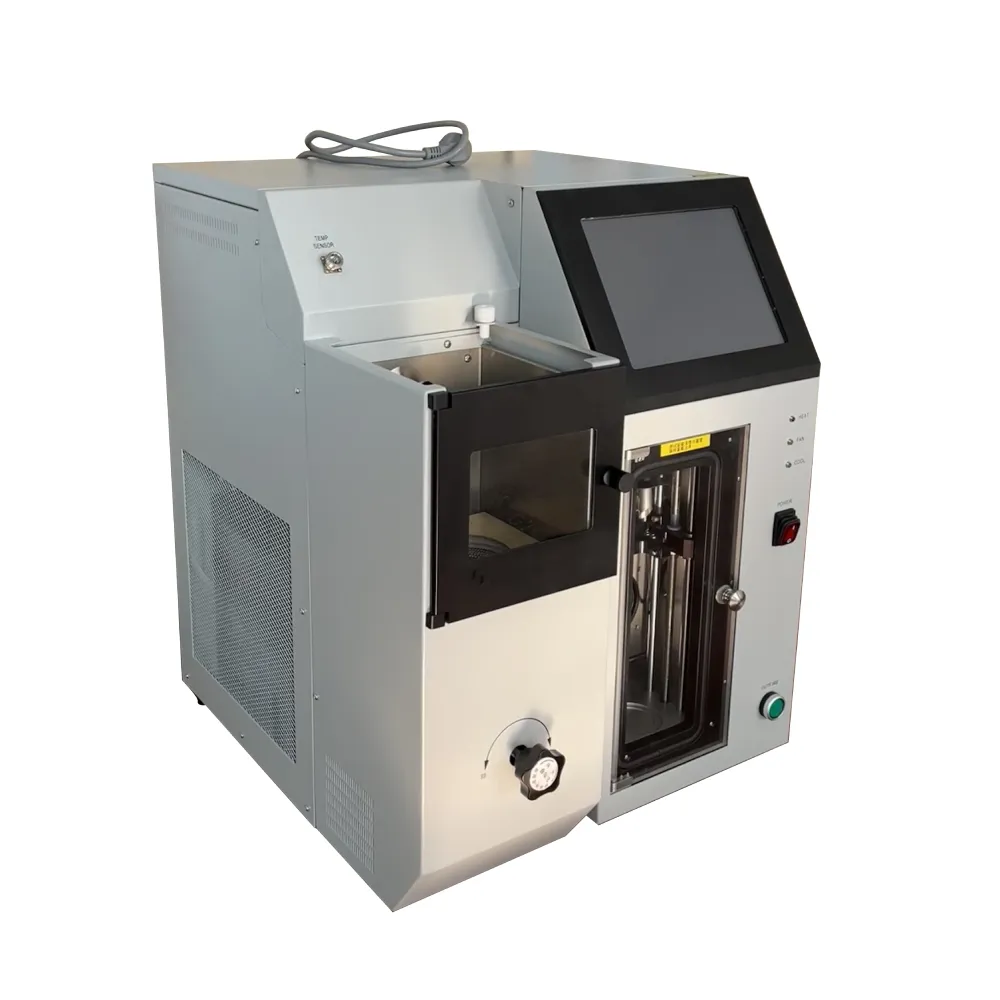 English
English


Resistivity Tester - Accurate Measurement Solutions for Soil & Material Testing
Understanding Resistivity Testers An Essential Tool for Material Analysis
In the realm of material science and engineering, understanding the electrical properties of various materials is crucial for ensuring their suitability for specific applications. One of the primary metrics used to gauge these properties is resistivity. A resistivity tester is an essential tool that enables engineers, researchers, and quality control specialists to measure the electrical resistivity of materials effectively. This article delves into the significance of resistivity testers, their operational principles, and their applications across various industries.
What is Resistivity?
Resistivity is a fundamental property of materials that quantifies how strongly they resist the flow of electric current. It is an intrinsic property, meaning it is dependent only on the material itself and not on its shape or size. The resistivity (\(\rho\)) is usually expressed in ohm-meters (Ω·m). Different materials possess varying resistivity values; for instance, metals typically have low resistivity, while insulators exhibit high resistivity. Understanding these differences is vital for ensuring that materials behave as expected in electrical circuits and other applications.
How Resistivity Testers Work
Resistivity testers operate on the principle of measuring the opposition that a material offers to the flow of electrical current. There are several methods to determine resistivity, but the two most common techniques are the four-point probe method and the two-point probe method.
1. Four-Point Probe Method This method employs four equally spaced probes that are placed in contact with the material's surface. A current is passed through the outer two probes, while the voltage is measured across the inner probes. This configuration minimizes the effect of contact resistance and provides a more accurate measurement of the material’s resistivity.
resistivity tester

2. Two-Point Probe Method In this simpler approach, two probes are used to both pass current and measure voltage. While easier and quicker to set up, this method can introduce errors due to the influence of contact resistance, especially in high-resistance materials.
The obtained values are then used to calculate resistivity, often through the formula \(\rho = R \cdot \frac{A}{L}\), where \(R\) is resistance, \(A\) is the cross-sectional area, and \(L\) is the length of the material.
Applications of Resistivity Testers
Resistivity testers are employed in a multitude of industries, including electronics, civil engineering, and materials science. In the electronics sector, they are utilized to assess the conductivity of semiconductor materials, which is pivotal for manufacturing efficient electronic components. In civil engineering, resistivity measurements help evaluate soil conditions for foundation design and assess the corrosion risk of embedded metal structures.
Additionally, resistivity testing plays a crucial role in the quality control processes of various manufacturing settings, ensuring that materials meet the specified standards before being incorporated into finished products.
Conclusion
Resistivity testers are invaluable instruments in the analysis and quality assurance of materials across numerous fields. By providing precise measurements of a material's electrical properties, these testers facilitate informed decision-making, contribute to innovative designs, and enhance the safety and efficiency of various applications. As technology continues to evolve, the importance of accurate resistivity measurements will only grow, making resistivity testers a staple in modern material analysis.
-
Differences between open cup flash point tester and closed cup flash point testerNewsOct.31,2024
-
The Reliable Load Tap ChangerNewsOct.23,2024
-
The Essential Guide to Hipot TestersNewsOct.23,2024
-
The Digital Insulation TesterNewsOct.23,2024
-
The Best Earth Loop Impedance Tester for SaleNewsOct.23,2024
-
Tan Delta Tester--The Essential Tool for Electrical Insulation TestingNewsOct.23,2024





